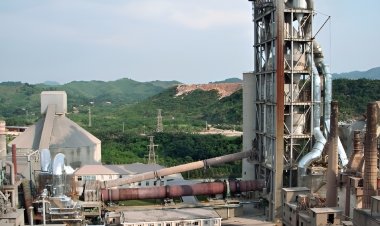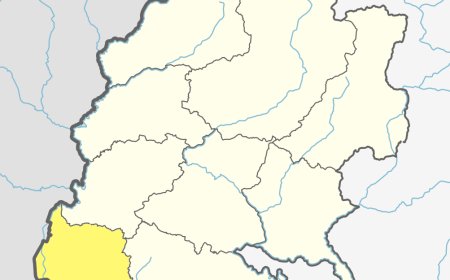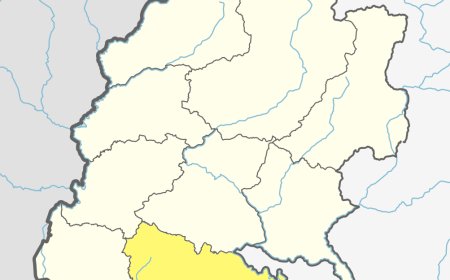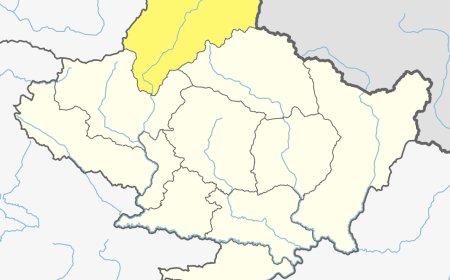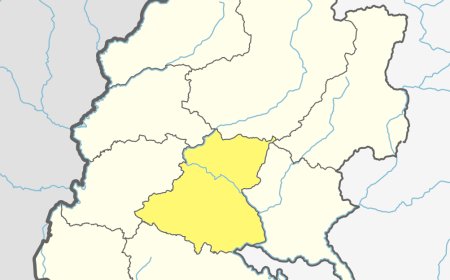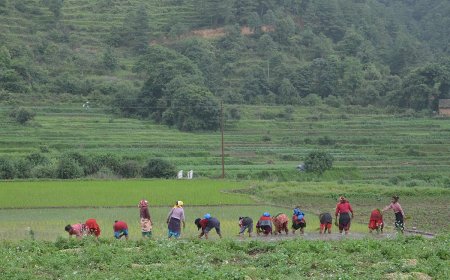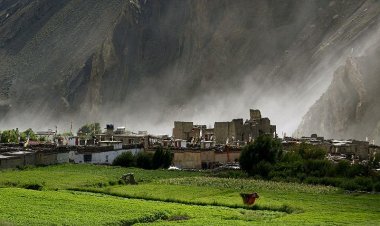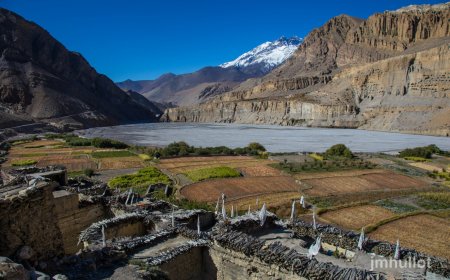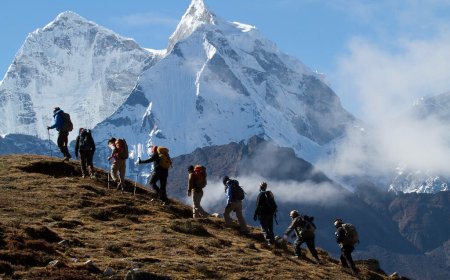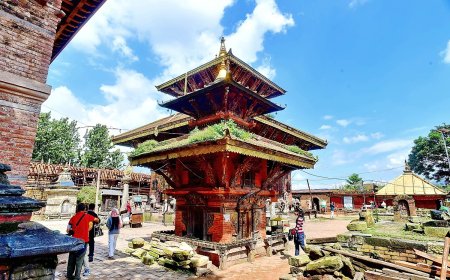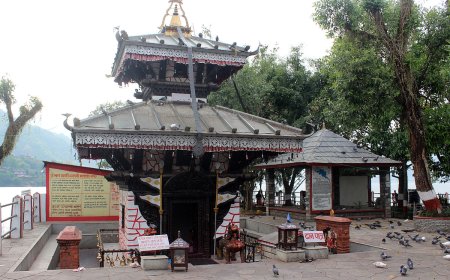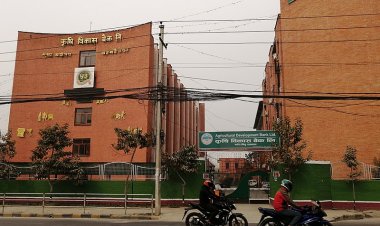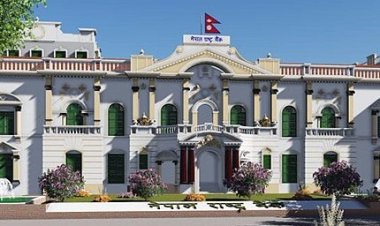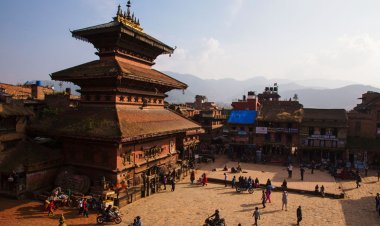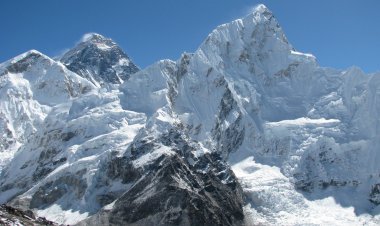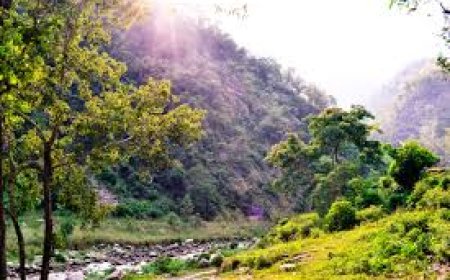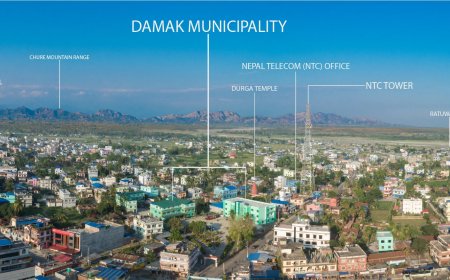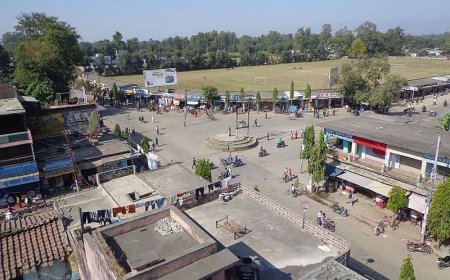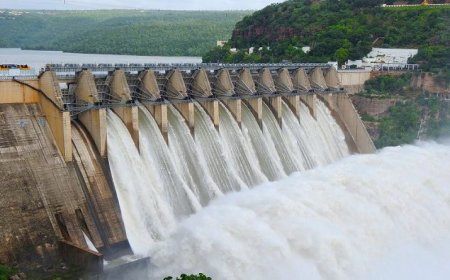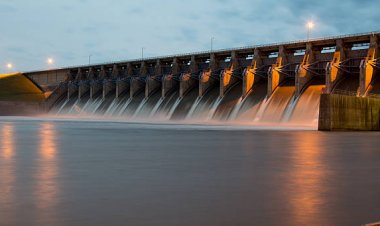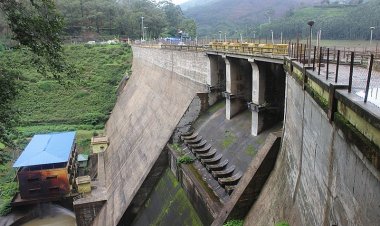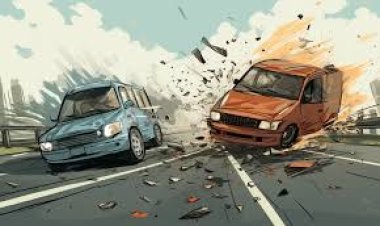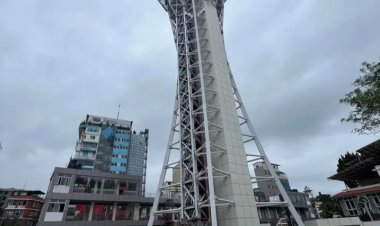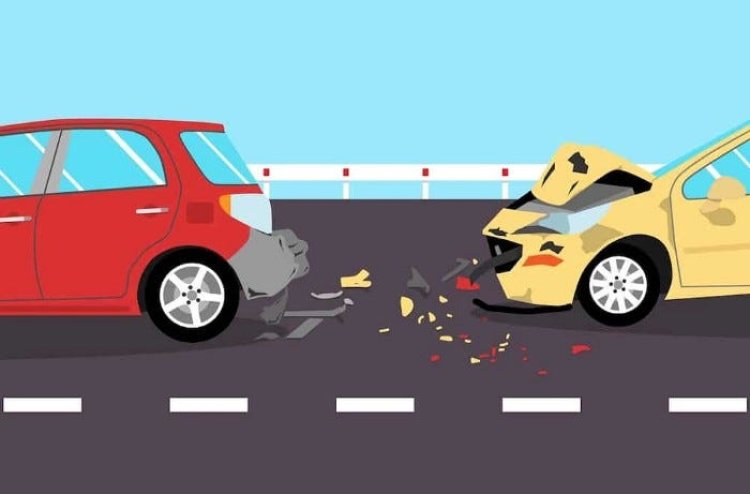The Rise of Road Accidents in Nepal: A Growing Concern
Discover the rising trend of road accidents in Nepal, its causes, and the need for improved infrastructure and traffic law enforcement.
Introduction
Road accidents have become a significant public safety issue in Nepal over recent years, with an alarming rise in the number of accidents, fatalities, and injuries. Nepal, a country known for its picturesque landscapes and mountainous terrain, also faces the challenge of poorly developed road infrastructure, rapid urbanization, and a surge in motor vehicle ownership. These factors, combined with weak enforcement of traffic rules, have contributed to a worsening road safety crisis.
A Look at the Data: Increasing Trend of Road Accidents
In the past decade, road traffic accidents in Nepal have shown a disturbing upward trajectory. According to data from the Nepal Police and World Health Organization (WHO), the number of accidents and road traffic fatalities has more than doubled since 2000. For instance, in 2022 alone, over 13,000 road accidents were reported across the country, resulting in more than 2,600 deaths and tens of thousands of injuries. This increase is especially concerning as the number of accidents had been steadily climbing for years before COVID-19.
During the pandemic in 2020-2021, there was a brief decline in road accidents due to lockdowns and restricted movement. However, as normal life resumed post-pandemic, accidents surged once again. This reflects a deeper systemic issue: while temporary measures might reduce accidents, the root causes remain unresolved, leading to a resumption of the rising trend once conditions return to normal.
Factors Contributing to the Rise in Road Accidents

-
Poor Road Infrastructure: Nepal's challenging topography has long hindered the development of robust road infrastructure. Many roads, especially in rural areas, are narrow, poorly maintained, and prone to landslides. Even in urban centers like Kathmandu, the roads are often congested and lack proper signage and traffic management systems. So, due to poor road infrastructure there we can see the road accidents.
-
Growing Vehicle Numbers: Over the past two decades, the number of vehicles in Nepal has increased dramatically. Rapid urbanization and rising incomes have led to a boom in car and motorcycle ownership, which has outpaced the country’s capacity to build adequate road networks. According to official statistics, the number of vehicles registered in Nepal increased from around 700,000 in 2000 to over 3 million by 2022. This surge has placed immense pressure on the existing road infrastructure, contributing to traffic congestion and a higher likelihood of accidents.
-
Lax Enforcement of Traffic Laws: Weak enforcement of traffic regulations is one of the main factors contributing to the rise in accidents. Speeding, reckless driving, drunk driving, and overloading of vehicles are common occurrences on Nepalese roads, with offenders often facing little to no consequences. Traffic police often struggle with limited resources and manpower to monitor road conditions effectively.
-
Driver Behavior and Lack of Awareness: Another major factor is the lack of road safety awareness among drivers and pedestrians. Many drivers fail to follow basic traffic rules, such as wearing helmets, seatbelts, or observing speed limits. Additionally, the practice of acquiring driver's licenses without proper training has exacerbated the situation. This combination of negligent driving behavior and poor enforcement has resulted in a dangerous driving culture.
-
Dangerous Terrain: Nepal’s mountainous geography presents unique challenges for road safety. Many of the country’s highways and rural roads traverse steep cliffs and winding paths that are perilously close to drop-offs. Landslides, poor weather conditions, and inadequate road maintenance can turn these roads into death traps, particularly for long-distance buses and trucks.
Government Responses and Efforts
The Nepali government has recognized the road safety crisis and has made efforts to mitigate the road accidents. Campaigns have been launched to promote road safety awareness, and there have been attempts to update and enforce stricter traffic laws. The implementation of technologies such as CCTV cameras, traffic lights, and speed detectors in urban areas has been aimed at reducing violations. For example, some cities have installed more traffic surveillance cameras, allowing authorities to monitor drivers and enforce rules like speed limits and traffic signal compliance.
However, the enforcement of traffic laws remains inconsistent, and corruption within the system continues to undermine road safety efforts. The penalties for traffic violations are often insufficient to act as a deterrent, and offenders are sometimes able to avoid punishment through bribes.
Efforts to improve road infrastructure are ongoing, with significant investments being made in expanding and modernizing road networks. Projects like the Kathmandu-Terai Expressway and the development of better rural road systems have shown promise. Yet, the progress has been slow, and the scale of improvement required is vast.
The Role of the Public in Road Safety
While government initiatives are critical, road safety is also a matter of public responsibility. Raising awareness about road safety norms, improving driver education, and encouraging safe driving behavior are essential to reducing road accidents. Programs targeting young drivers, in particular, can be effective in shaping safer driving habits. Similarly, pedestrians and cyclists must be educated on safe practices to avoid accidents.
The role of private companies and non-governmental organizations (NGOs) in promoting road safety is also growing. Some NGOs have been active in conducting road safety campaigns and lobbying for better enforcement of traffic laws. Collaboration between the public and private sectors could further enhance efforts to improve road safety in Nepal.
Conclusion
The rise in road accidents in Nepal is a multifaceted problem that requires a comprehensive approach. From improving road infrastructure and enforcing traffic laws to raising awareness among drivers and pedestrians, significant effort is needed to reverse the current trend. While the government has made some strides in addressing the issue, there is still much to be done to ensure that Nepal’s roads are safer for everyone.
In the long term, a combination of infrastructural development, stricter law enforcement, and public education will be key to reducing the number of road accidents in Nepal. Addressing this problem will not only save lives but also improve the quality of life for the people of Nepal, allowing them to travel safely and securely on the nation's roads.
Also Read: Hydropower Projects in Nepal: Unlocking Clean Energy
Frequently Asked Questions (FAQ)
1. Why have road accidents become a major issue in Nepal?
Road accidents in Nepal have increased significantly due to poor road infrastructure, rapid urbanization, a surge in vehicle ownership, weak enforcement of traffic laws, and a lack of road safety awareness.
2. What is the current trend of road accidents in Nepal?
The trend shows an alarming rise in road accidents over the past decade. According to 2022 data, over 13,000 accidents were reported, resulting in more than 2,600 deaths and tens of thousands of injuries. Although there was a temporary decline during the COVID-19 lockdowns, the numbers surged again post-pandemic.
3. What are the primary causes of road accidents in Nepal?
The major causes include:
- Poor road infrastructure, especially in rural areas.
- Rapid growth in vehicle numbers outpacing road capacity.
- Weak enforcement of traffic laws.
- Reckless driving and lack of driver education.
- Nepal's challenging mountainous terrain and weather conditions.
4. How has urbanization contributed to the rise in road accidents?
Urbanization has led to a rapid increase in vehicle ownership and traffic congestion, especially in cities like Kathmandu. The road networks have not kept pace with this growth, leading to more accidents.
5. What role does poor driver behavior play in road safety issues?
Negligent driving practices such as speeding, drunk driving, failure to wear helmets or seatbelts, and inadequate driver training are significant contributors to accidents. Many drivers also lack proper road safety awareness.
6. What measures has the Nepali government taken to reduce road accidents?
The government has implemented initiatives such as:
- Launching road safety awareness campaigns.
- Installing CCTV cameras, traffic lights, and speed detectors.
- Improving road infrastructure with projects like the Kathmandu-Terai Expressway.
- Updating traffic laws to include stricter regulations.
- However, enforcement and systemic corruption remain challenges.
7. How can the public contribute to improving road safety?
The public can play a critical role by:
- Following traffic rules, such as wearing helmets and seatbelts.
- Avoiding reckless driving and speeding.
- Participating in road safety awareness campaigns.
- Advocating for better enforcement of traffic laws.
8. What role do NGOs and private organizations play in road safety?
Non-governmental organizations and private companies have been actively involved in:
- Conducting road safety awareness programs.
- Lobbying for stricter traffic law enforcement.
- Collaborating with the government to implement road safety initiatives.
9. What long-term solutions are needed to reduce road accidents in Nepal?
Key long-term solutions include:
- Expanding and modernizing road infrastructure.
- Strict enforcement of traffic laws with severe penalties for violations.
- Comprehensive driver education and licensing reforms.
- Public-private partnerships to promote road safety awareness.
- Addressing the unique challenges posed by Nepal's terrain and weather.
10. Why is addressing road safety important for Nepal?
Improving road safety is crucial to saving lives, reducing injuries, and enhancing the quality of life for Nepalese citizens. Safer roads will also facilitate economic growth and improve mobility across the country.
What's Your Reaction?





























